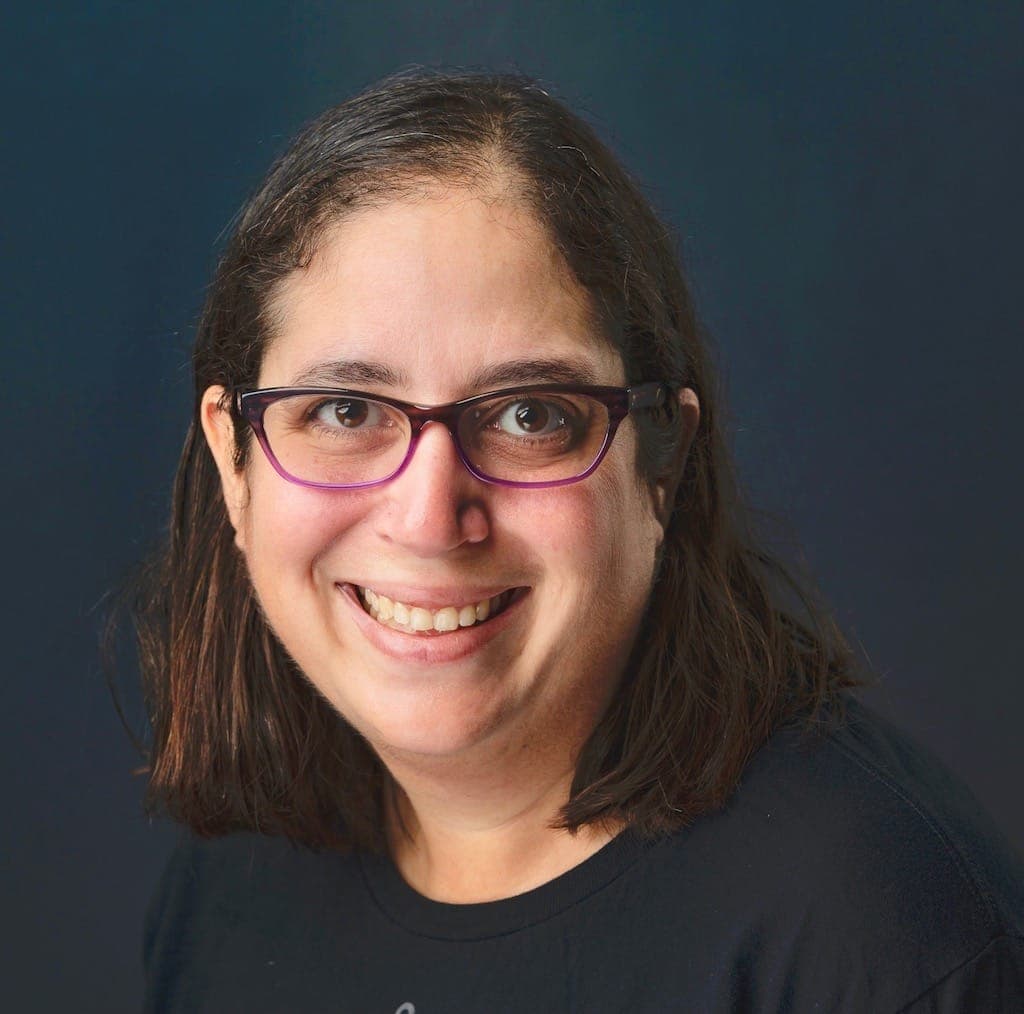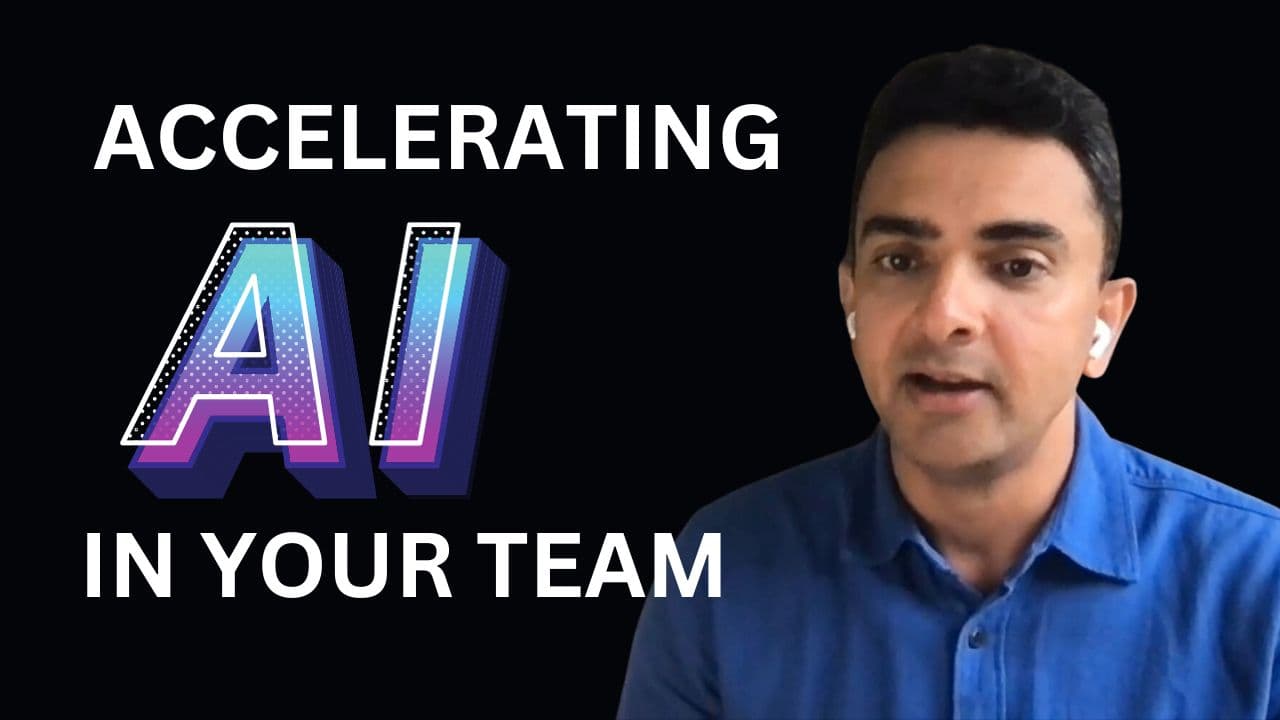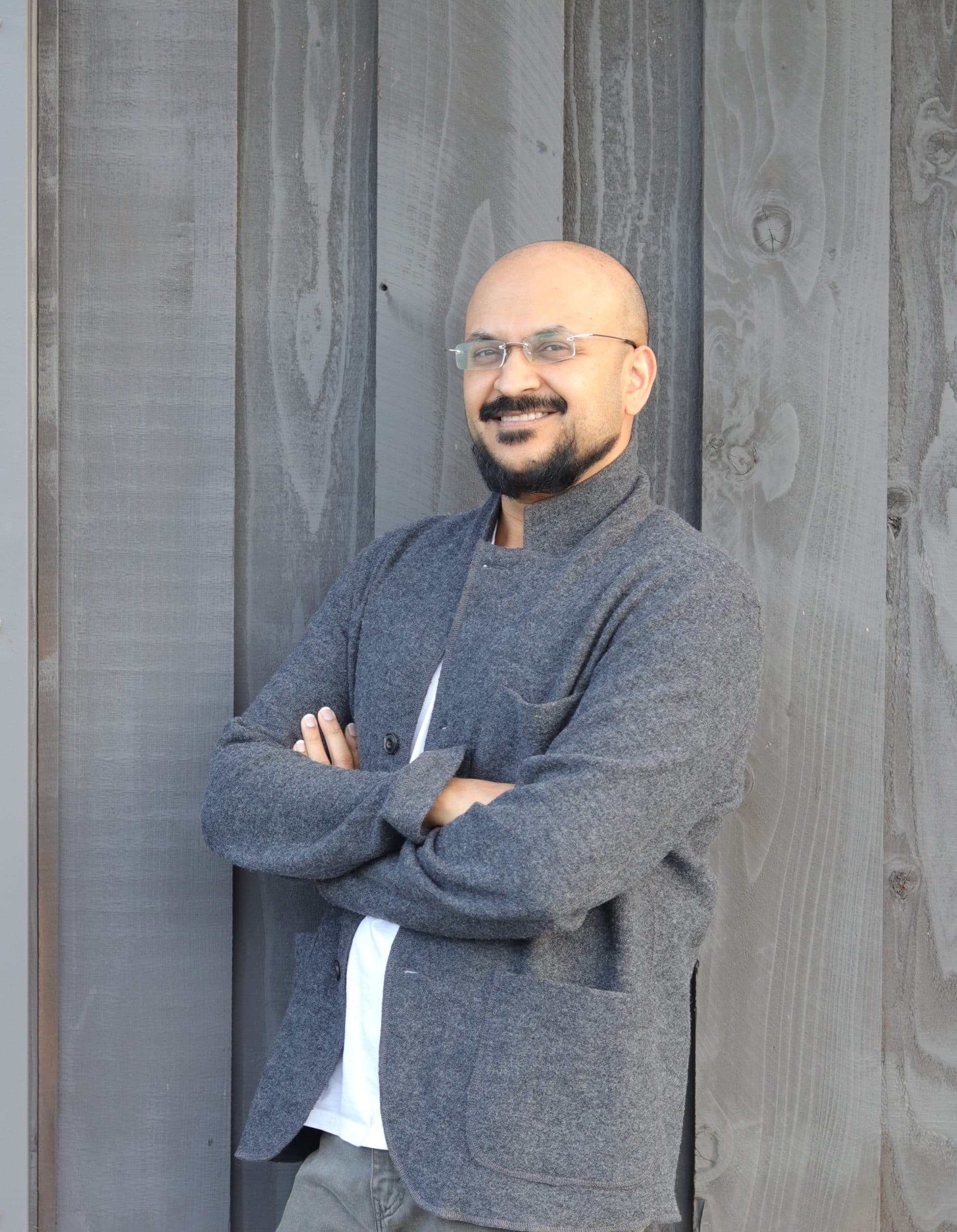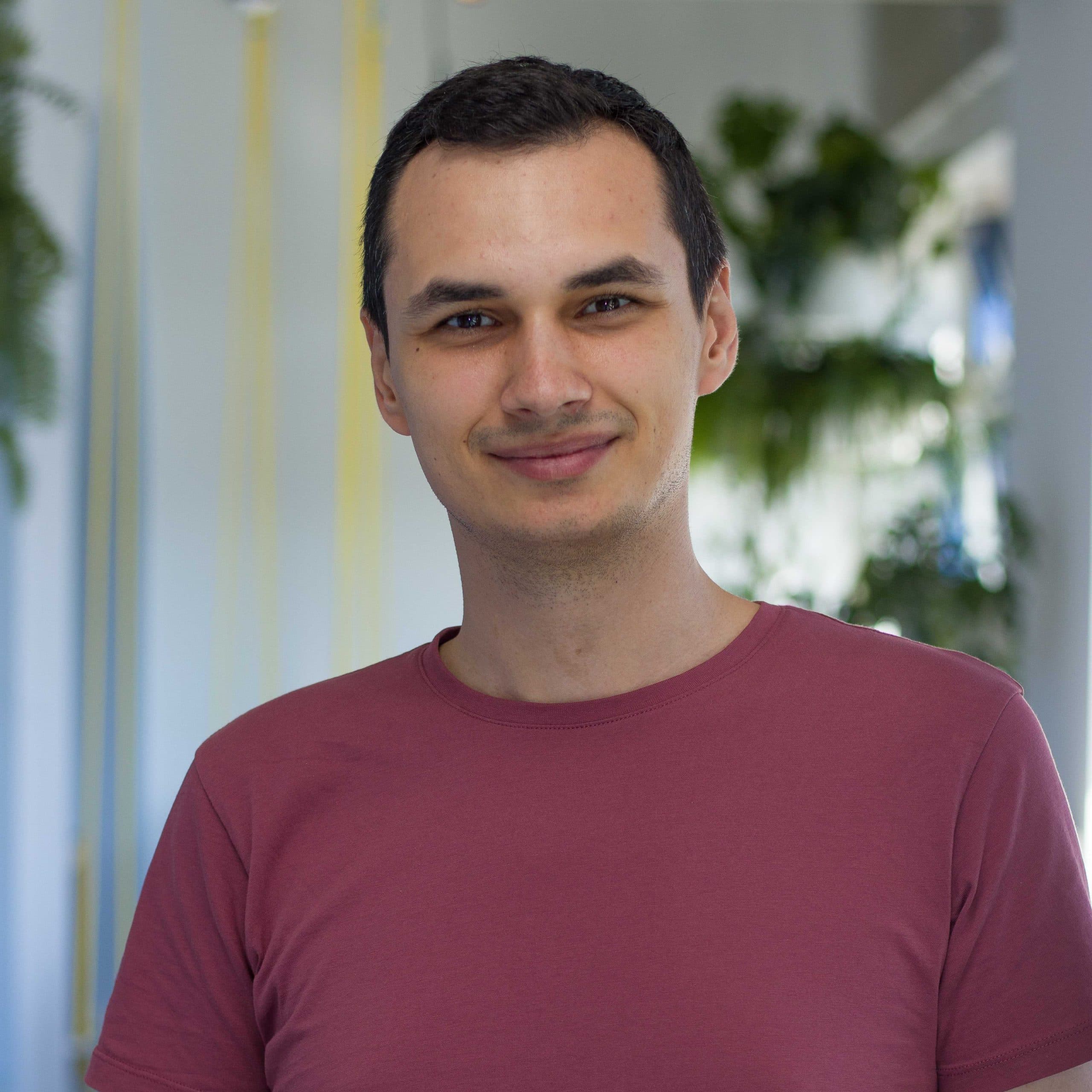
Unveiling the Secrets to New Manager Success
… [Read more](https://www.managersclub.com/unveiling-the-secrets-to-new-manager-success/ "Unveiling the Secrets to New Manager Success")

Vidal:
Good afternoon, Jossie. Thank you so much for taking the time to speak with me today on ManagersClub.
Jossie:
Happy to. It’s great being here.
Vidal: It’s great to have you. Maybe we could just start out … Tell us a little bit about your current role and what do you do and then maybe your background and how you got into management. I was reading your profile and you’ve had a really awesome career in engineering leadership.
Jossie:
Oh, thank you. Yeah. I’m currently the Senior Director of Platform Engineering at Tile. For those of you who don’t know Tile, we’re connecting the world to find everything that matters. We’re a Bluetooth tracker that you can put on your keys or anything else that you don’t want to lose. Recently we’ve been moving more towards integrating the Tile technology into other devices. That’s really where my role lies. I help integrate the Tile technology into our partner integration. The two big integrations I worked on in the last year were empowering the first Tile-enabled laptop with HP as well as we just announced our partnership with Intel to enable software-based Tiles on Intel-based laptops.
Jossie:
Yeah. That’s a little bit about what I do today. I originally got into management … I guess it was around eight years ago, at this point, when I was with Zynga. I’ve been in the tech industry for 20 years. My career actually started in management consulting and my undergrad degree is actually in chemistry. My parents wanted me to be a doctor and so I was getting a chemistry degree but around my junior year I realized I had no interest in going to grad school and so I was like, “Well, I better get a job when I graduate,” and so found a job as a technical management consultant for Price Waterhouse Coopers.
Jossie:
Back then there weren’t any online classes for coding and things like that, so they sent everybody to a three month boot camp in Florida to learn to code and I really picked it up quickly and so they actually sent me to the Bay area to take a training class on a technology called Broad Vision, which doesn’t exist anymore, and I pretty much fell in love. This was 1999, the middle of the dot com boom. I just was in love with the culture, the weather, the technology. I was like, “I need to come out here and this is amazing.”
Jossie:
A couple months later I applied to some jobs out here and I got a job as a web developer at a tiny dot com startup that failed, like many of the early 2000s/late 90s startups. Yeah. That’s kind of where I started my tech career. Most recently, I’ve been doing management at Zynga where I led the ChefVille team, which was one of our largest Facebook games as well as ads, which were a large part of Zynga’s revenue. Then I went and managed some of the Siri domains at Apple. I focused on music during the development of the HomePod, some Siri on Apple TV where we actually got a Technical Emmy, which was pretty cool. And then, finally, sports as well.
Jossie:
And now I’m with Tile and I love being a manager here. The other thing I do at Tile is I actually lead diversity and inclusion, which is something I’m also super passionate about.
Vidal:
That’s great. I want to ask you about that in a little bit. And I have the Tile products. That’s really great that you work there. Going back to Zynga for a second, could you say a few words about how you transitioned from being an IC to a manager?
Jossie:
Yeah. When I started at Zynga, my first role was a tech lead on the revenue team. That wasn’t a management position. That was actually an IC role but we had a lot of junior engineers. I had two interns on my team and two new college grads, so I was actually spending a lot of my time also managing and mentoring them because also, we had our … It was a very fast-growing startup and my boss had, I think, 20 or 30 reports so I did some of the management work. And I really enjoyed helping others.
Jossie:
As I continued in my career at Zynga, after I worked on Café World I ended up becoming the first engineer on ChefVille and helped design the storage system. And I got moved to CityVille for a while to help them with some revenue features there, but when I got moved … I really loved ChefVille. A lot of my friends worked on that game and I really wanted to go back and see it get launched, and so when I moved back to working on ChefVille my manager put me in charge of a couple of the pods, which were building some of the features. And I really enjoyed having the experience of getting to manage the team and I really was successful at helping coordinate everything between all of the different teams and it didn’t take long to launch the game, which was pretty awesome.
Jossie:
After we launched the game, my boss got moved to one of the central tech org and so I actually got promoted to be the director of engineering for ChefVille, so I got to run it through the live ops process, which was pretty cool. That’s kind of how I got into management, but what’s interesting is I’ve gone and out of management a couple times. When I left Apple in early 2018 I was pretty frustrated with how women in tech got treated and so I actually left and started my own small business and part of what I ended up doing was contracting part-time at Tile as a freelance software developer to pay the bills while I was building my small business.
Jossie:
Also, I actually left Zynga for a year and then came back. I moved to Florida to be with my dad after my mom passed away and when I came back to Zynga, there wasn’t actually a management role available so I actually joined the principle engineer in the CPO org. So, I’ve actually gone back and forth a couple times because I really do like the architecture part, too. I think that’s why I really enjoy my current role because it’s a little bit of a blend of being a technical architect as well as getting to manage a team.
Jossie:
Currently, I manage a small team of five Windows developers in our QAs and they built out our Windows app for our integration last year, and so I got to really build that team because I’m also managing them. But the other half of my role, like I mentioned, is really doing all of the different partner integrations. I still get to work on the technical architectures as we integrate with all of the different partners, but then really get to influence the rest of the engineering team to make sure that they’re building what we need for our partners but that that also aligns with our core business. It’s kind of a nice blend for me.
Vidal:
Wow, that’s great. That’s very interesting how you’ve gone back and forth a couple times.
Vidal:
Could you share with us, what is the biggest challenge you face as an engineering leader?
Jossie:
I think the biggest challenge I currently face is really time management and prioritization. I have to balance incoming partner requests, making sure I’m spending the time to be an effective manager for my team, learning new technologies, spending time on diversity and inclusion efforts and continuing to learn and grow. I think this is one of the biggest challenges leaders really face and especially with the new managers, they tend to feel overwhelmed sometimes about how to schedule their calendars. And I think a really big thing is really learning to say no to things that aren’t really aligned with your top goals.
Vidal:
Jossie, I know you’re super passionate about diversity and inclusion and specifically, women in tech. Could you say a little bit about involvement in that and your passion behind it?
Jossie:
Yes. I’m very passionate about the women in tech space. In early 2018, I almost left the tech industry when I left Apple after facing a lot of the challenges that women in tech face. But I realized something. I saw a statistic which is 56% of women leave tech after 10 to 20 years. And that’s twice as many as men. I realized if I walked away from tech, I’d be becoming that statistic and walking away from having the ability to impact the future. Because technology is honestly impacting all aspects of our daily lives.
Jossie:
But unfortunately, it doesn’t really fully address the needs of women and other underrepresented minorities. Voice assistance are less accurate with female voices. Facial recognition software doesn’t work as well with those with darker skin tones. Apple’s health kit didn’t include menstruation cycles when it was first released. And the list goes on and on. And if we don’t have diverse teams creating the technology, we’re not going to end up addressing their needs. And so, I’m really on a mission to keep women in tech and really help companies create cultures of belonging where their diverse team members can thrive.
Vidal:
Could you share with us a lesson you’ve learned as an engineering leader?
Jossie:
I think one of the most important lessons I’ve learned as an engineering leader is really making sure to be empathetic and ask questions instead of telling people what to do. It’s much more effective and people are much more willing to actually do what you want them to if you engage them and make sure they really understand what the vision is and how to tie that back to the work they’re doing. And if you provide a clear vision of them and then get out of the way. I think that the best engineering managers are really about empowering their teams to help them by asking them the right questions; to think about things and challenges they might not have thought of and really help unblock them. Much more so than telling people what to do.
Vidal:
This can be a big challenge for engineering leaders with regards to both diversity and inclusion and even just hiring in a very competitive job market. Could you share with us, what’s your approach towards hiring and recruiting?
Jossie:
My answer to this question is actually going to be within the lens of diversity and inclusion because I think there’s so many important pieces to share. There are lots of places a bias can really impact the hiring process. Job descriptions can have gendered language that can turn off female applicants. If you have too many requirements, that can also be an issue. Women are only going to apply to jobs if they meet 100% of the requirements, whereas for men it’s 60%.
Jossie:
And then there’s the interview process, itself, and reducing bias there. Can you do blind resume reviews? It turns out if a group looks at two resumes with the same qualifications but one has a male name and one has a female name, the male candidate is thought of more favorably while the female candidate can sometimes be considered more assertive or more aggressive. There’s lots of challenges within hiring. What about getting rid of the names when you’re reviewing resumes? During the interview process, take the time to really define what your level and criteria are and make sure you’re grading everybody on the same way.
Vidal:
I know you’ve been an IC and a manager, you’ve transitioned a couples times. What would be your advice for managers who are just starting out?
Jossie:
If you freak out in your first six months while doing the transition from IC to manager, that is okay. Most managers who do that transition go through that process. And the reason is a lot of things. You need to develop these soft skills, which may be very different from the technical skills that you were really leveraging as your strength. The rewards system as a manager is totally different. As an IC, you’re told generally what to accomplish and if you do that really, really well you get rewarded for it. But as a manager, it’s about being inclusive with your team and really feeling intrinsic rewards for your team’s accomplishments. It’s not about taking credit for what your team did; it’s for empowering your team to be successful. And it takes some time to adapt to that and it’s okay if it ends up feeling awkward and you end up going through some panic attack, like, “Did I really decide to do the right thing?”
Jossie:
If you go through that, just take some time to really reflect why you wanted to be a manager and see that it still aligns with what you’re accomplishing on a day to day basis.
Vidal:
That’s great. Yeah, definitely the rewards is totally different. Could you say a little bit … As a manager, because I know you said if you aren’t freaking out at the beginning … One of the things is there’s a lot to do when you’re a manager.
Vidal:
Could you maybe discuss what’s your workday like? How do you manage the inflow of emails, meetings, all the various things there are to do?
Jossie:
Yeah. I have a very meeting-full calendar, especially because I have a lot of partner integrations. I’m usually in at least four to five hours of meetings a day, if not closer to six. There’s usually very little time for me to get stuff done and so I time block. Time blocking is a huge thing for me. I block out time to get work done. I’m kind of a productivity geek and so I really spend a lot of time thinking about best to be most productive and how best to manage my time.
Jossie:
And self care, I think, is so important as a manager and it’s something we tend to not think so much about. But if we don’t take care of ourselves, we can’t be the best at helping our employees. Really taking the time to work out. I actually take an hour off three days a week during lunch and work out for an hour. Currently doing it on Zoom in my living room. Taking the time for self care, getting enough sleep. One of the biggest things I tell people right now, especially with everybody working at home, is when you wake up, spend 15 minutes to really think about what you want to accomplish that day and set aside the time in your calendar to do the things you want to get done and pick your top three things and schedule those to get them done. And set an end time, when you’re going to just shut down your computer.
Jossie:
It’s okay if that’s flexible. It’s okay if you know, “Hey, I know today is going to be a long meeting day but I want to get some coding done in the evening, so I’m not going to be done until like nine o’clock at night.” But when nine o’clock at night comes around, shut down your computer and keep that promise to yourself. And I think that really helps with setting a boundary between work time and really giving yourself time to recuperate to really be a better manager.
Jossie:
And the other thing I tell managers is set aside time to think. A lot of what we need to do is about being strategic and so it’s about setting aside time to really ask the questions, “What can I improve? What are the things that are changing that I need to think about? What are the projects coming up that I need to start thinking about planning? Are there better processes we can be implementing as things are changing?” Yeah. Those are some of the things I do.
Vidal:
I think that’s great. Particularly, setting aside time to think is so important because you can get so caught up in the day to day. I love that tip. Did you say …
Vidal:
Is there maybe a personal habit that you think has contributed to your success?
Jossie:
Yes. I think the biggest one is time management. I pretty much every Sunday set aside 15 to 30 minutes to go over my week, review how it went, plan my week in the future. And then every morning, like I mentioned, I set aside 15 minutes in the morning to plan my day and think about what are my goals for today? What do I want to accomplish? And really be deliberate about those things.
Vidal:
That’s great. Is there maybe some internet resource or tool that you depend on that helps you with your work?
Jossie:
Back to me being a productivity geek, my biggest thing has been finding the right way to manage my to-dos and the things I have coming up that I want to do. I’ve been using an app called Things, which I really love because it lets me plan today, upcoming. I can create lists for things that are just ideas that I might want to schedule in the future. I use it for planning everything from my personal life … From what we’re going to garden in our backyard to … It’s how I end up managing all of our partner projects and keeping it in my head straight. What are all the different things I need to do for all of our different partners? Yeah. I think Things has been one of my most valuable tools.
Vidal:
I love that recommendation. Yeah, I’m a productivity geek, too. I’m always looking for better tools to do things with.
Vidal:
If you could recommend one book to managers, what would it be and why?
Jossie:
The one book I really like recommending to managers is called “Being The Boss with Linda Hill.” And the reason I like that book is it talks about how managing really means you manage in three directions. You have to manage up to your boss and the executives at your company. You have to manage down to the people who report to you. And you have to manage yourself and your peers and your relationships with them. These three different directions can actually be a challenges and conflict with each other. And it talks about how to think about those three different areas of managing and how to balance them and I really like that.
Jossie:
And I really like this book because it doesn’t matter what type of leader or manager you are. You could be a technical manager. I’ve had designers read this book because I think it applies across everybody in management.
Vidal:
Wow. I haven’t read that book but I’m going to check it out. It sounds super, super interesting.
Vidal:
Jossie, could you tell us a little about your approach to coaching and mentoring people? I think you are, as you said, very passionate about that. I’d just love to hear a little bit more of the details.
Jossie:
Yes. I started the mentoring program at Tile and we’ve done three iterations of it now. And I also mentor on a number of platforms. It’s something I’m very passionate about and I think it’s so important in tech, especially with respect to women and underrepresented minorities. Especially for all of the engineers, really do take the time to find somebody who might not be exactly like you to mentor.
Jossie:
And my approach to mentoring is really about asking questions and helping the other person find the solution within themselves. A lot of times, people don’t need you to give them the answer. And when I tell people this approach, the first hesitation I get is, “Oh, if I start asking a lot of questions, aren’t they going to realize at some point I might not have all the answers?” And that’s okay. You don’t always have to have all the answers. In a lot of ways, it’s more powerful to ask the right questions so the people you’re mentoring can come to the solution themselves.
Vidal:
Got it. All right. Jossie, you’ve been super generous with your time and I really appreciate you coming on the show. It’s great to have more women leaders and to hear their stories. Where can people go to learn more about you if they wanted to connect with you?
Jossie:
Yeah. The place I’m most available on social media is on LinkedIn, so definitely look me up on LinkedIn and I’d be happy to connect.
Vidal:
LinkedIn is a great resource. Sounds good. All right. Well, thanks again and I appreciate it.
Jossie:
K, thank you. It was great chatting.

… [Read more](https://www.managersclub.com/unveiling-the-secrets-to-new-manager-success/ "Unveiling the Secrets to New Manager Success")

… [Read more](https://www.managersclub.com/accelerating-ai-in-your-team-strategies-for-success/ "Accelerating AI in Your Team: Strategies for Success")

In this video, Rajesh Janakiraman, an engineering manager at Google, shares his insights and experiences on leading business critical projects while ensuring his team remains motivated and doesn’t burn out. Business critical projects can be intense, high visibility deadlines that often shift roadmaps and include executive-level oversight. Building the right team, maintaining communication, and managing expectations around these challenging projects are crucial to preventing burnout and driving results.

Are you on the lookout for a collaborative, engaging community tailored specifically for your role? Look no further! Introducing the Managers Club Discord server dedicated to leadership in engineering. We’re a community of engineering managers, team leads, and CTOs who come together to share experiences, best practices, and insights.

Are you an Engineering Manager curious about gauging your effectiveness and success in your role? In this insightful episode, we dive deep into metrics and stakeholder management with Ivan Bilan, an experienced engineering manager. Discover the core metrics for measuring engineering manager performance in people leadership, product quality, delivery, and self-promotion, and learn the importance of stakeholder management in driving team success. In this video, we will be looking at how to measure success and performance for managers. We’ll be exploring different methods and tools that managers can use to measure their own success, as well as the success of their team. Don’t miss out on these valuable insights and strategies!

In this engaging conversation, experienced technical recruiter Kate Parton shares vital advice and insider tips for candidates seeking job opportunities in the tech industry. She discusses red flags to watch for, navigating compensation discussions, common misconceptions about the recruiting process, and how to make the most of your partnership with a recruiter. Discover the role of social media and the rise of AI in the hiring process. Kate shares valuable tips and advice on making your job search and interview process smoother and more successful. Tune in for an insider’s perspective on the world of recruitment and how to avoid common pitfalls!